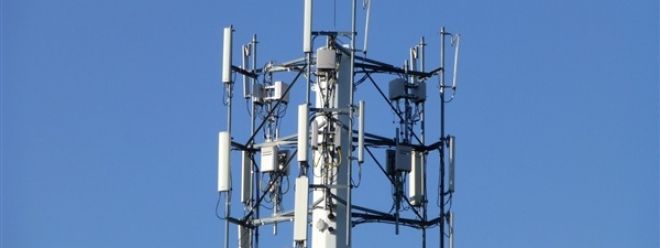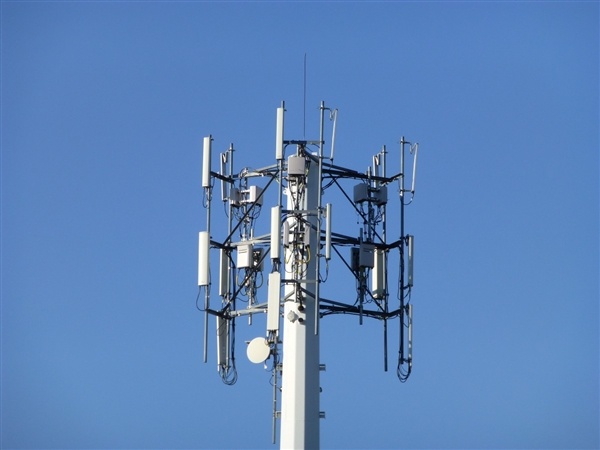Worried that 5G deployment will affect aviation safety! Dispute between U.S. aviation agency and telecommunications agency

According to foreign media reports, a few days ago, the FAA
(Federal Aviation Administration) is preparing to issue warnings to pilots and
airlines, stating that a new 5G wireless service may interfere with aircraft
cockpit safety systems and automation systems. Go online at the beginning of
the month.
Although 5G (fifth generation mobile communication
technology) is a new generation of broadband mobile communication technology
with high speed, low latency and large connection characteristics, it has been
questioned when it is deployed in Europe and the United States, and even 5G has
once appeared to spread the new crown virus. Rumors.
According to foreign media reports, a few days ago, the FAA
(Federal Aviation Administration) is preparing to issue warnings to pilots and
airlines, stating that a new 5G wireless service may interfere with aircraft
cockpit safety systems and automation systems. Go online at the beginning of
the month.
The report pointed out that the FAA is drafting a special
announcement and related authorization, stating that certain automated
functions used by pilots to help aircraft fly and land may be affected by
signal towers that transmit new 5G signals on the ground.

However, the FCC (Federal Communications Commission)
rebutted the safety issue, saying that after reviewing the potential impact on
aviation safety, it formulated spectrum usage rules in early 2020. The existing
evidence does not support the conclusion that 5G networks will interfere with
aviation safety.
The core issue of the dispute between the two parties is the
band of the radio spectrum between 3.7 and 4.2 GHz. This band is very suitable
for 5G network transmission, and has been served in mobile phone networks in
other countries.
According to the spectrum usage rules formulated by the FCC
in March 2020, wireless companies may deploy 5G signal towers that transmit
between the 3.7 to 4.2 GHz band on December 5 this year.
The aeronautical equipment works in the frequency band near
4.2 to 4.4 GHz. Therefore, the FAA feels that the possibility of interference
is increased. In addition, the FAA also hopes that the FCC will share specific
data on the location, power, and angle of 5G signal towers. However, the FCC
seems unwilling to do so.
The FAA pointed out that more specific information will help
them adopt more targeted and less destructive warnings. In addition to
commercial jets, the agency is also concerned about the potential interference
of signal towers on small private jets, including medical helicopters landing
in hospitals.
Meredith Attwell Baker, president of CTIA (American Wireless
Communications and Internet Association), said that the safe operation of 5G
networks will not cause harmful interference. The industry has already used
controversial Wireless spectrum.